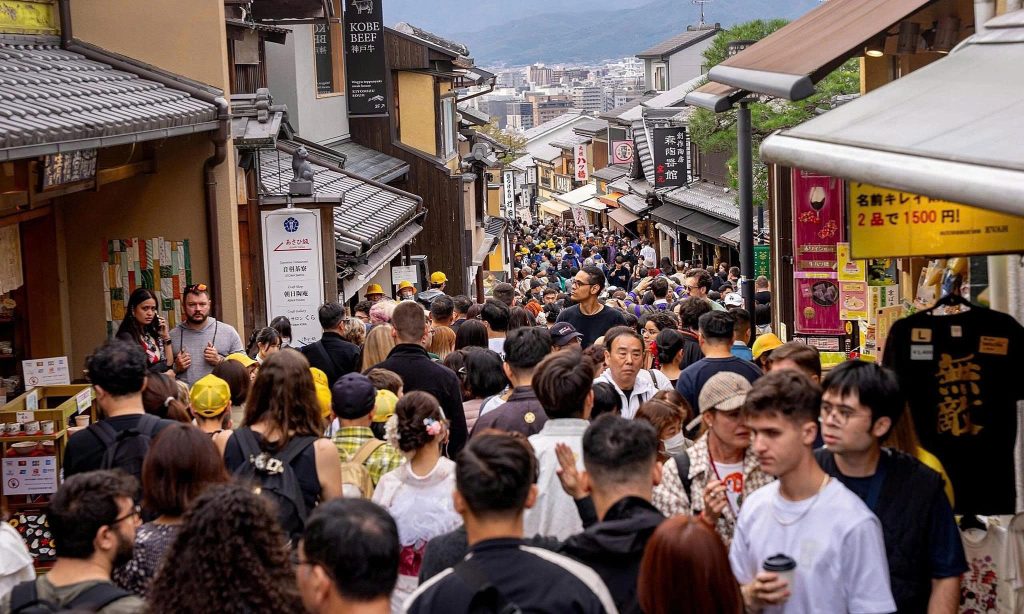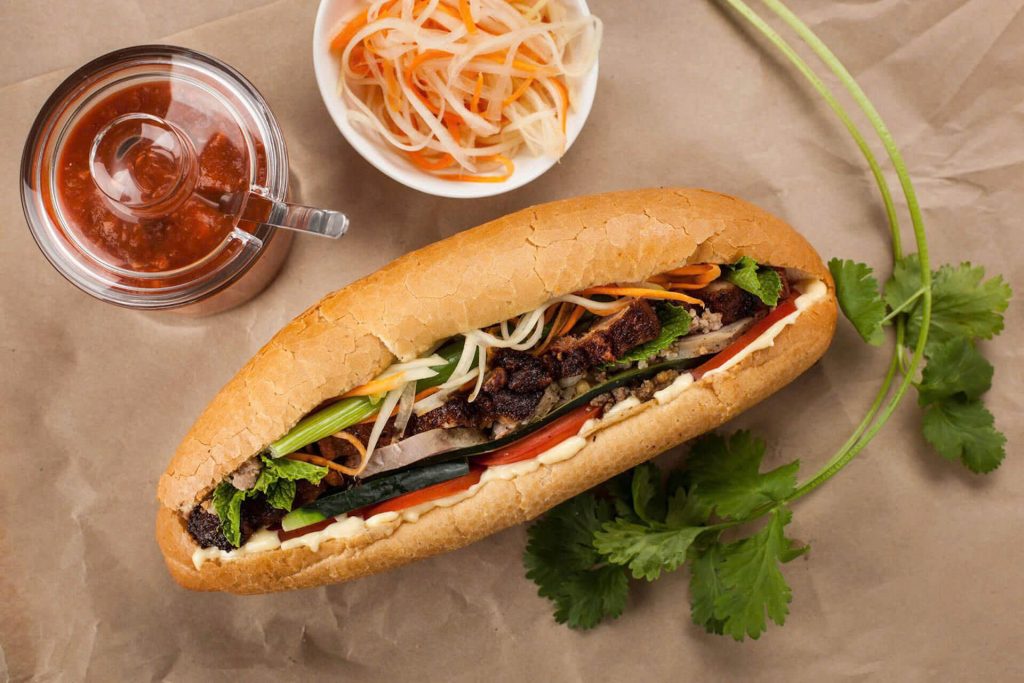Travelers are facing a disappointing reality: Japan’s world-famous landmarks are often crushingly crowded, a stark contrast to the tranquil, sparsely populated images they see online.
Kyoto is one of Japan’s foremost tourist magnets, yet the actual experience is leaving many disappointed due to severe overcrowding.
The appeal of the ancient capital is heavily concentrated on the streets of Gion. This area is constantly swarming with tourists rushing to take photos. Geishas—the very symbol of Kyoto—are relentlessly encircled, their daily lives deeply affected by the constant barrage of camera lenses.
Nishiki Market, Kyoto—the famous culinary alley—was once where Kyoto locals did their daily shopping. Now, Nishiki has been transformed into an expensive souvenir zone, packed wall-to-wall with stalls catering to tourists. The market’s original, authentic character is being suffocated by the throngs of visitors.
The Alternative: Tenjinbashisuji in Osaka. This is Japan’s longest covered shopping street (2.6 km) with nearly 600 family-run stores.
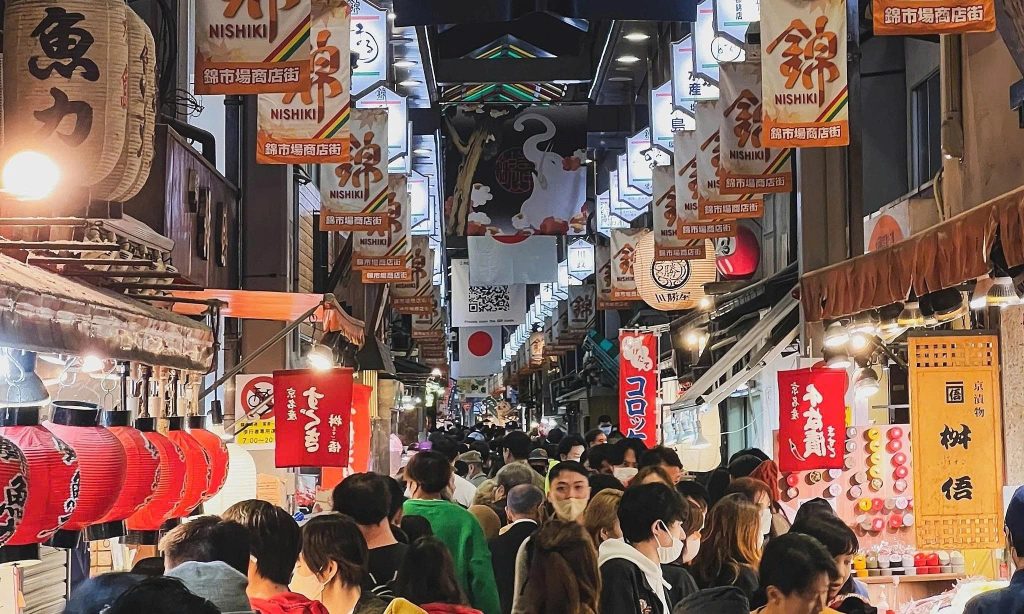
The Arashiyama Bamboo Grove, Kyoto is famously picturesque, but its beauty is for photography, not enjoyment. Visitors here queue in long lines, jostling for position just to get an “iconic” shot. The sound of birdsong and rustling wind is drowned out by the noise of selfies and conversations.

The Alternative: Adashino Nenbutsu-ji Temple. Located just a few minutes’ walk from Arashiyama Station, a smaller bamboo grove leads up to thousands of stone Buddha statues.
Fushimi Inari Shrine, Kyoto boasts over 10,000 vibrant red torii gates—a Kyoto icon. Tourists stand in long lines, pushing and shoving to take pictures from the early morning. You don’t walk here; you are pushed along.
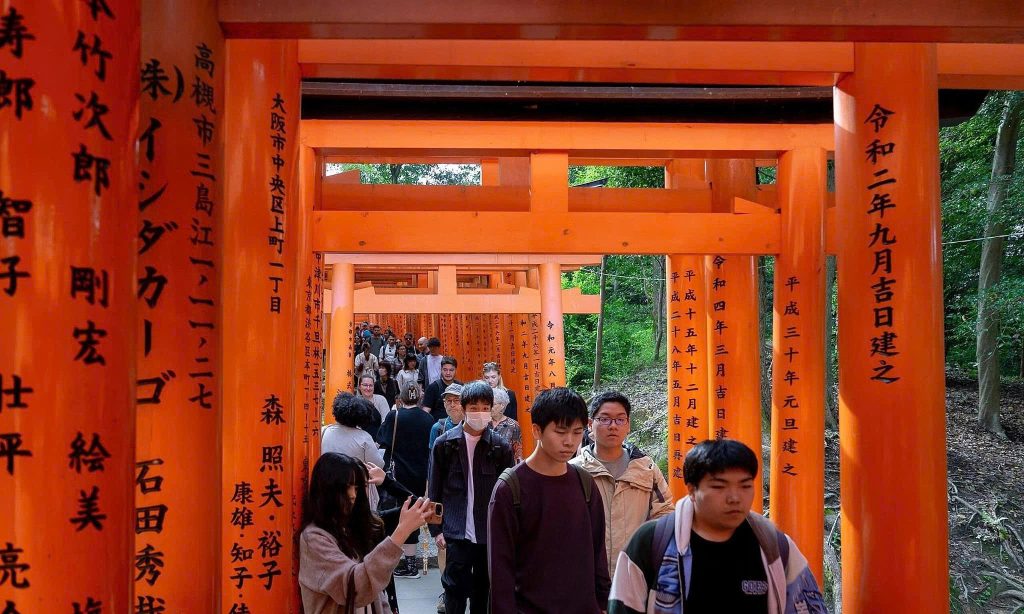
The Alternative: Nezu Shrine in Tokyo. Located in the quiet Bunkyo ward, Nezu Shrine offers 200 red torii gates that loop over a carp pond and an azalea garden.
Kinkaku-ji or the Golden Pavilion is another Kyoto fixture on this list. After purchasing an entrance ticket, visitors must walk in a circle to view the golden temple against the lake, alongside hundreds of others. Many visitors complain about the long queues and difficulty getting a clear photo.
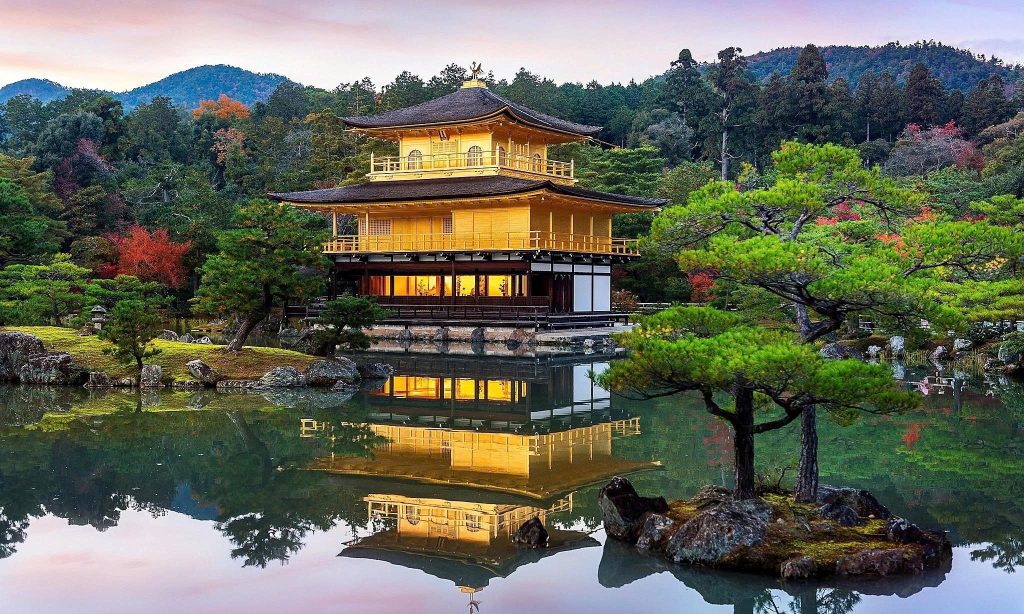
The Alternative: Ginkaku-ji (The Silver Pavilion). Although it lacks actual silver plating, Ginkaku-ji is often more captivating, thanks to its beautiful moss gardens and placid pond.
Osaka & Tokyo: Trading Authenticity for Spectacle
Moving to Japan’s major modern cities, the issue of overtourism impacts dining, history, and urban exploration.
Dotonbori, Osaka is famous for its bright neon signs, the canal, and the Glico Man poster—the symbol of Osaka nightlife. However, the dining experience here is often summarized as “expensive, bland, and strictly for tourists.” Chains selling takoyaki, ramen, and sushi display English signs to lure visitors, while locals generally avoid the area.
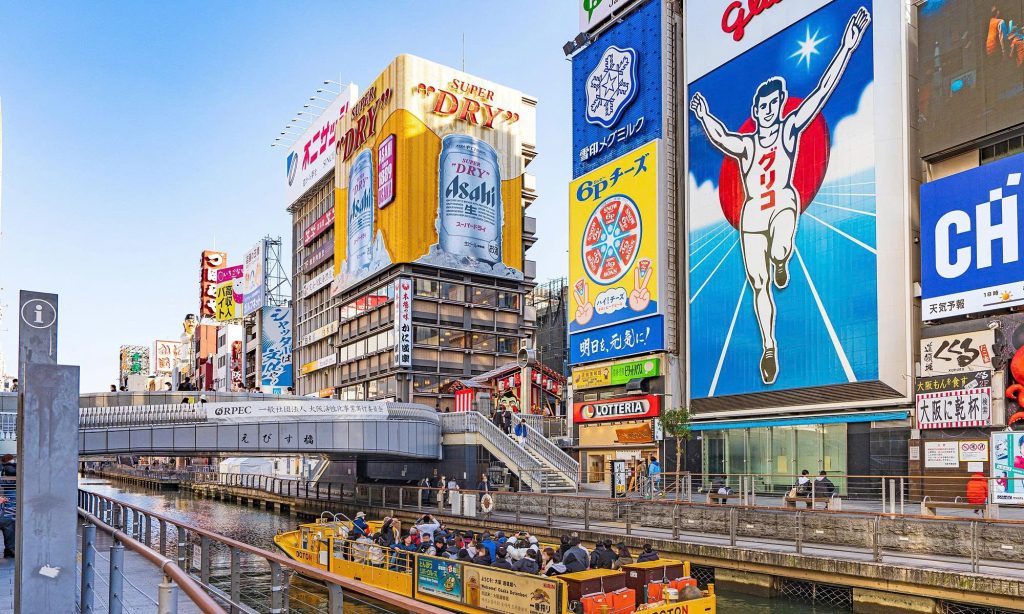
The Alternative: Ura Namba. Right behind Dotonbori’s lights is a maze full of tiny izakayas, skewer joints, and yakitori stalls. This is where Osaka locals truly gather after work—hot food, cold beer, and a warm atmosphere.
Osaka Castle has a long history, but what tourists visit today is a concrete reconstruction, housing a modern museum inside. Those seeking an authentic samurai atmosphere will likely be disappointed by the feeling of touring a historical replica.
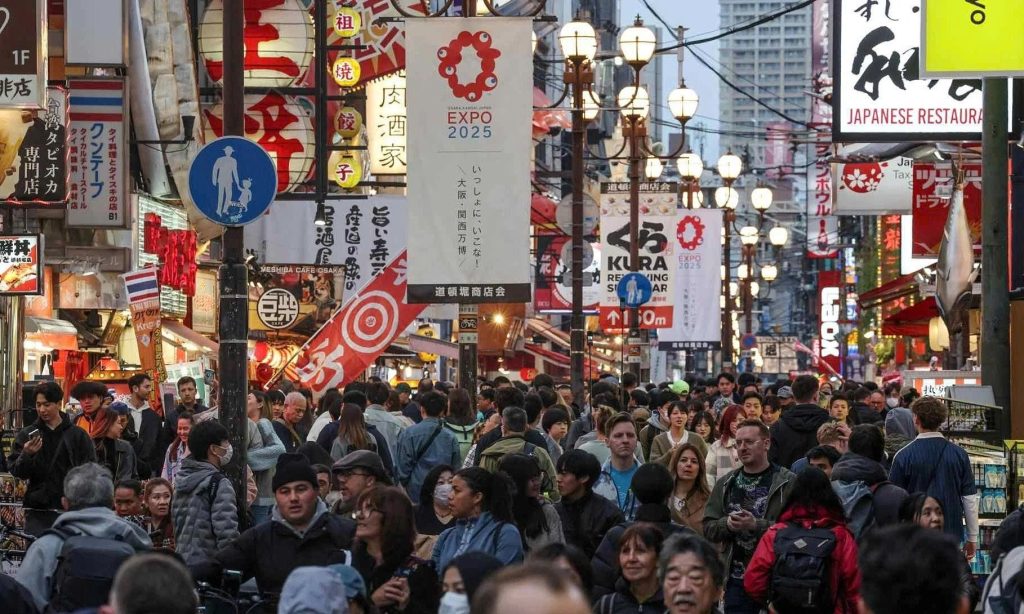
The Alternative: Himeji Castle. Head to Himeji Castle—Japan’s most beautiful original feudal castle—featuring pristine white plaster walls and ancient wooden interiors, with no concrete whatsoever. The structure survived wars and earthquakes, retaining its 17th-century majesty.
Tsukiji Market, Tokyo was once the world’s largest fish market, famous for its tuna auctions. However, since the auctions moved to Toyosu in 2018, Tsukiji is now a stretch of souvenir stalls and snack vendors for tourists. Prices are high, quality is average, and the atmosphere of a real working market is gone.
The Alternative: Local ‘Ginza’ areas. Tourists should choose areas like Sunamachi Ginza, Togoshi Ginza, Jujo Ginza, or Yanaka Ginza to experience a genuine local market vibe.
Takeshita Street, Harajuku is celebrated as an icon of Tokyo youth culture with its colorful fashion, crepes, and souvenirs. However, the merchandise here is often low-quality, and tourists are often advised to only visit once for a check-in photo.

The Alternative: Cat Street or Ura-Harajuku. Cat Street, an old river path, is now a street fashion paradise with vintage finds. Ura-Harajuku, located right behind Takeshita, is the gathering spot for streetwear enthusiasts, featuring many independent and creative labels.
Tokyo Skytree and Tokyo Tower—the city’s two iconic towers—offer a similar experience: tourists queue, ascend to the observation deck, take photos, buy souvenirs, and descend. The cost is high, the view is great, but the experience is not unique.
The Alternative: Roppongi Hills (Mori Tower). Tourists should visit Roppongi Hills, where the Mori Tower’s Tokyo City View offers a 360-degree view of the entire city, perfectly encompassing Tokyo Tower below.
(According to Japan Today)

